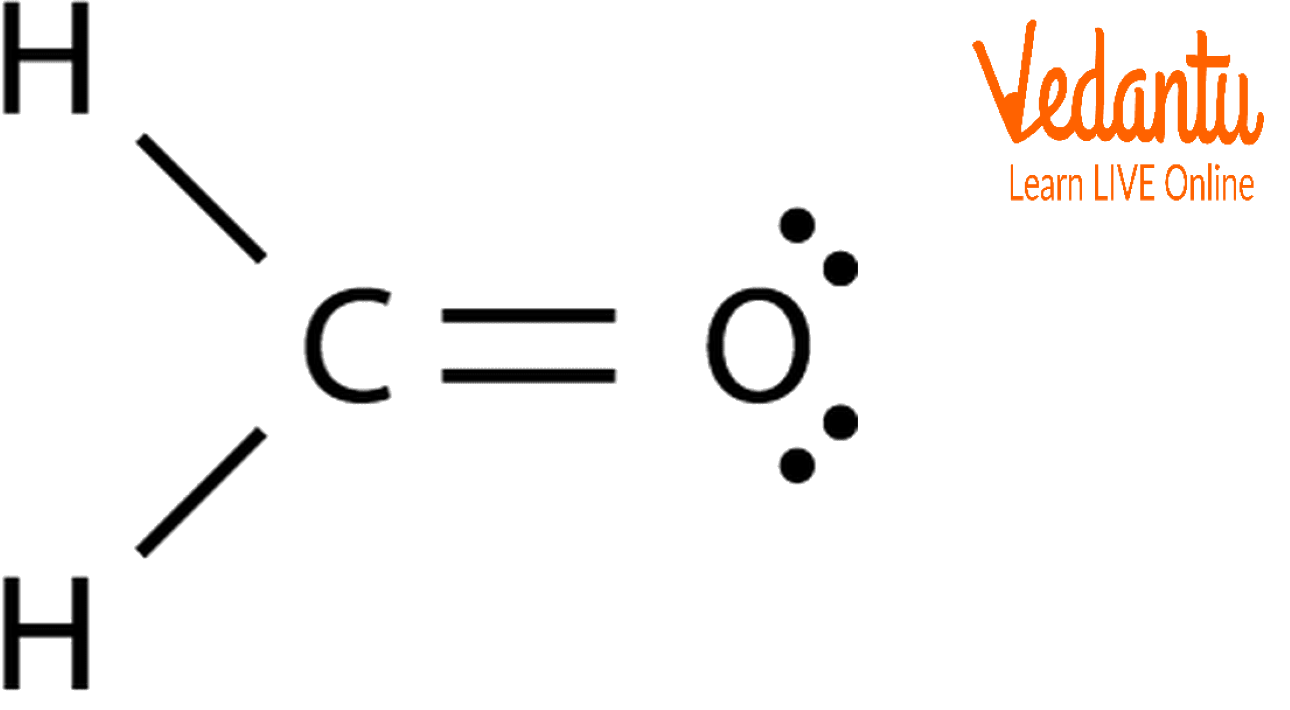




CH2O Polar or Nonpolar: An Introduction
Volatile organic compounds (VOCs), which are frequently found in the environment, include carbonyl compounds. Owing to their detrimental impacts on human wellness and plants, and also their crucial functions in photochemical processes, they have drawn more and more attention. One of the carbonyl compounds that the United States Environmental Protection Agency (US EPA) has identified as dangerous pollutants because of its possibility of causing carcinogenicity or respiratory irritation is formaldehyde (CH2O).
One of the more basic naturally occurring aldehydes is formaldehyde. It typically has a gaseous form and a strong, unpleasant odour. This substance can be utilized to create and synthesize a number of different compounds in organizations when utilized in an aqueous form as formalin. Other than the carcinogenic effect CH2O has indeed been utilised to maintain the tissues of the specimens as well as a disinfectant due to its characteristics. Knowing the physical and chemical characteristics of this colourless gas molecule is crucial because it has numerous applications. To understand all of this, one must be familiar with the compound's polarity and molecular structure. So this article explains deeply about CH2O polar or nonpolar nature with its structures.
CH2O Lewis Structure
The core Carbon atom in the CH2O Lewis structure has single bonds with 2 hydrogen atoms and a double bond with an oxygen atom. The core atom does not have any lone pairs of electrons, whereas the oxygen atom does have two. We can easily establish the compound's molecular structure since it also possesses an sp2 hybridization.

Lewis Structure of CH2O
Molecular Geometry of CH2O
The oxygen atom's non-bonding pair of electrons is dispersed uniformly to lessen the attractive forces among these lone pairs of electrons in CH2O. The CH2O carbon atom has a steric number of three because there are three electron zones surrounding the main atom. Additionally, CH2O possesses AB3 formula and sp2 hybridization, as per valence shell electron pair repulsion (VSEPR) theory.
Bond Angle of CH2O
The valence shell electron pair repulsion (VSEPR) theory states that in order to prevent repulsive forces, the electron clouds must be as wide apart as feasible. Additionally, because there are zero lone pairs of electrons on the central atom of CH2O, the bound pair of electrons is equally distributed, and each atom has a 120-degree bond angle with the central atom of CH2O.
Atoms are located in the sides of the triangle, and carbon is in the middle of the plane created by the three electron clouds.
A trigonal planar shape is created as a consequence of this configuration, molecular geometry, and bond angles. In light of this, sp2 hybridization gives CH2O a trigonal planar form.
Is CH2O Polar or Nonpolar?
If a compound has an uneven distribution of charges, it is said to be polar. A compound is referred to as non-polar if the charge distribution becomes evenly distributed over different regions of the molecule.
CH2O is a polar molecule. It is composed of 3 distinct atoms: a central carbon (C) atom is joined by single and double covalent bonds to two hydrogens (H) atoms and an oxygen (O) atom, accordingly.
In a C-H bond, there exists a slight distinction in the electro-negativity of the C and H atoms. A C=O bond's O and C atoms, although, possess very large differences of electro-negativities from one another. Partially negative charges are created on the oxygen atom due to this difference in electro-negativities, whereas partially positive charges are created on the carbon and hydrogen atoms.
As a result, there is a mismatch in the charges within the compound, which gives rise to the dipole moment connecting the atoms and causes the CH2O molecule to be polar. Oxygen seeks to pull the bound pair of electrons to its end since it is more electronegative than other elements, which raises the negative electrical charge on the oxygen atom.

Dipole Moment of CH2O
Key Features to Remember
CH2O is a chemical compound that is colourless, pungent, and rapidly ignites.
The molecular geometry of CH2O is AB3, and it has a trigonal planar structure with sp2 hybridization.
The bond angles are 120 degrees, giving CH2O a trigonal planar geometry.
Because of the disparity in partial charges on the carbon and oxygen atoms, hence CH2O is polar in nature
The core atom of formaldehyde does not have any lone pairs of electrons, while the oxygen atom does have two lone pairs of electrons.
Key Features to Remember
CH2O is a chemical compound that is colourless, pungent, and rapidly ignites.
The molecular geometry of CH2O is AB3, and it has a trigonal planar structure with sp2 hybridization.
The bond angles are 120 degrees, giving CH2O a trigonal planar geometry.
Because of the disparity in partial charges on the carbon and oxygen atoms, hence CH2O is polar in nature
The core atom of formaldehyde does not have any lone pairs of electrons, while the oxygen atom does have two lone pairs of electrons.
List of Related Articles
FAQs on CH2O Polar or Nonpolar
1. What are the factors affecting the polarity of CH2O?
The preceding three factors primarily influence a molecule's polarity:
The difference in electronegativity involving two or more atoms that are covalently connected
Dipole moment
Geometry of molecule's structure
2. Why is CH2O a polar molecule, despite having a symmetrical trigonal planar form?
The molecule is polar despite having a trigonal planar form (120° bond angle), as a result of its non-symmetric electron cloud density. On oxygen, the negative charge is concentrated. An amplified dipole moment impact results from the pull of the entire molecule's electron cloud toward oxygen. Having a net dipole moment value of 2.33 D, CH2O is hence polar.
3. Define the concept of electro-negativity?
The potential of an elementary atom to draw a shared pair of electrons from a covalent chemical bond is known as electro-negativity. Within the Periodic Table, electro-negativity increases along a period while decreasing within a group.












